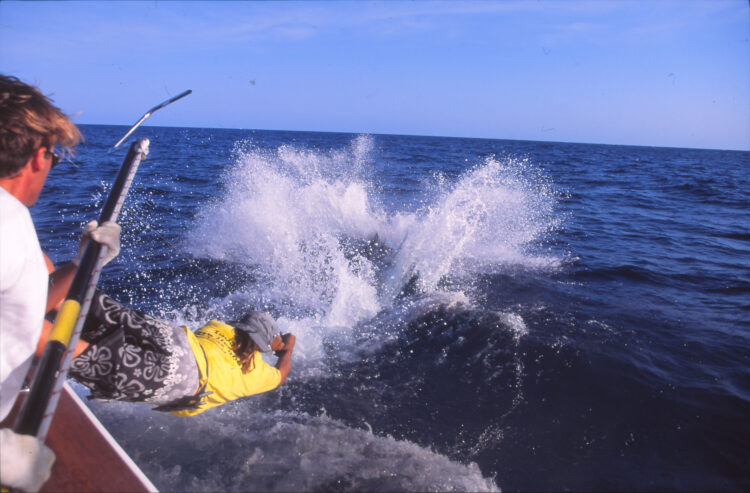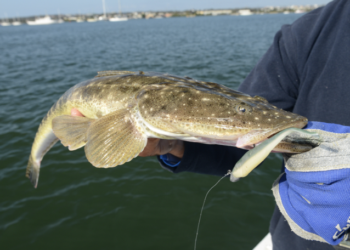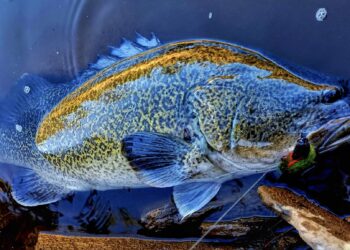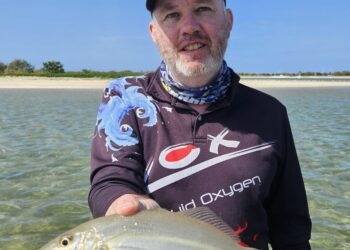ONE of the most dangerous practices involved with our offshore game fishing is a crewman grabbing the trace attached to a very large and powerful fish. This could be with a huge marlin, large tuna or a monstrous shark. People who are not involved in game fishing or don’t understand any of the procedures in this sport often ask the inquisitive question, “why does the trace have to be handled by anyone on the boat during or after the fight in the first place?”
Well the answer is, in most situations with any big fish that’s hooked up and fought for a long or even a short time, when it gets near the boat it needs to be controlled and brought in closer so it can be either tagged and released or gaffed. Depending on the species this tracing and holding technique near the boat can be either fairly straight forward and easy, or an absolute dangerous nightmare?
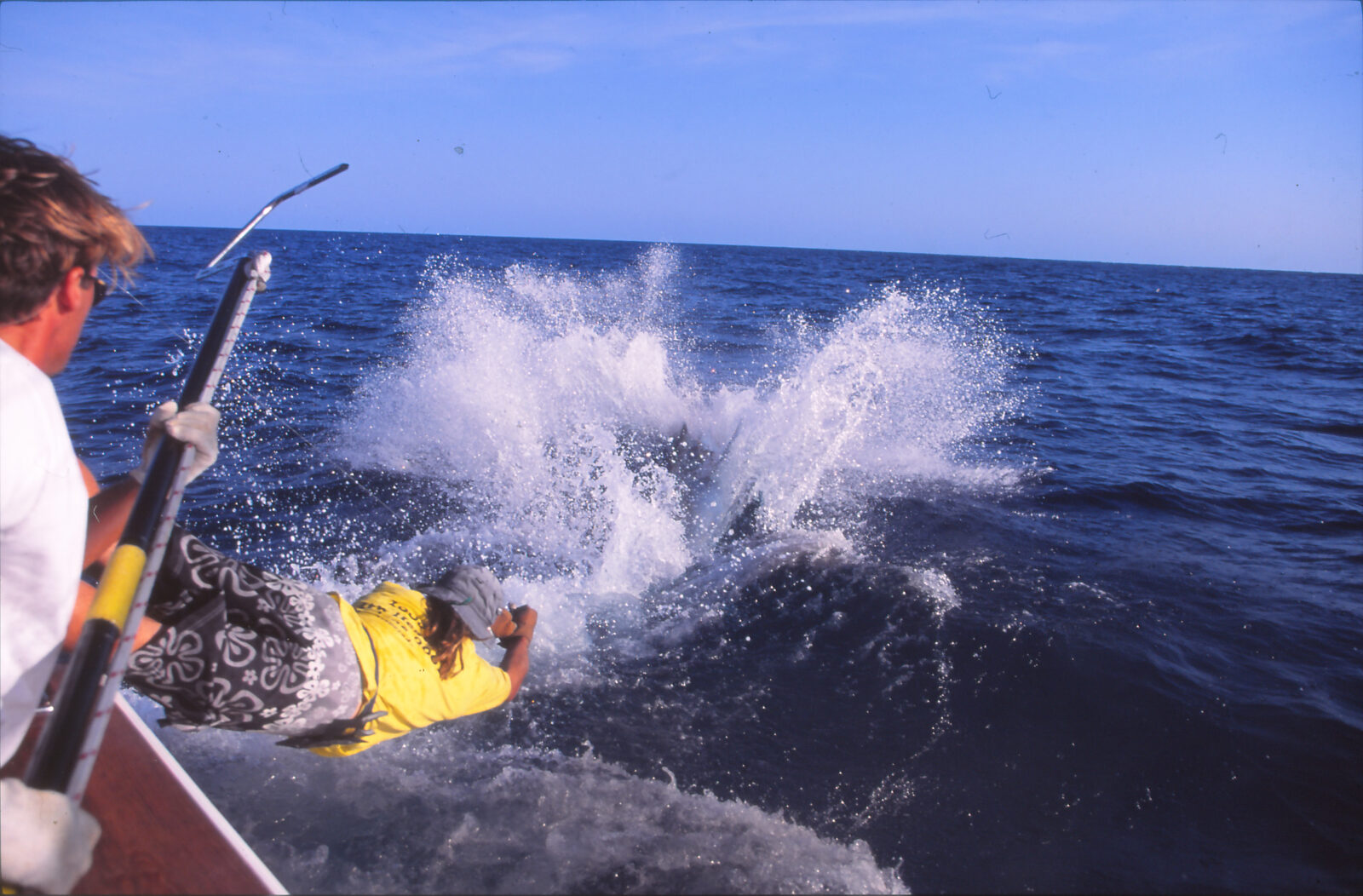
ABOVE: This Cairns deckhand went flying through the air for over 20 feet when he had a bad wrap around both hands holding onto a jumping 1,100lb black marlin. Luckily when he and the marlin hit the water simultaneously the trace loosened off his gloves and he managed to get back onboard.
If the fish behaves itself the decision as to what to do with it needs to be made very quickly before things can go pear shaped? Something could spook the fish and if it’s still green or far too big to hold, anything nasty could happen? I’ll never forget the one and only time I nearly joined the Underwater Wire-man’s Club and out of all the much larger species I’ve handled on the trace over the years it happened to be a solid 180lb yellowfin tuna that got me into trouble!
At the time I was working the deck for my good mate Captain Bobby Jones during one of the early Morton Bay Wide Tournaments when we had a triple hook-up on big tuna. We had three anglers on the boat to take the strikes, but one of the tunas got off leaving an angler free to help me sort out the chaos on the deck? When I finally got around to grabbing the trace on the first tuna to end up close to the boat all this guy had to do was gaff it!
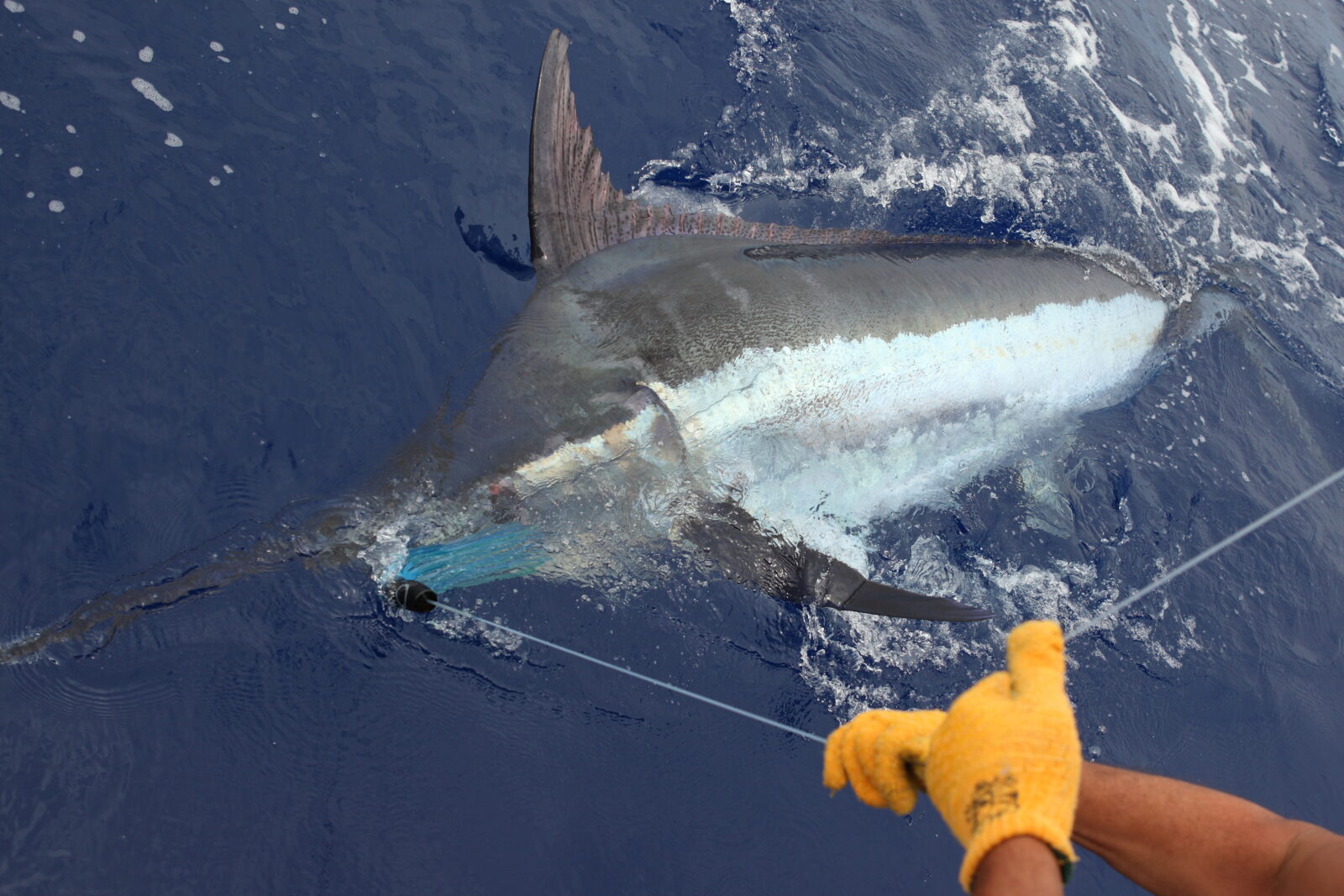
Little did I know he was totally inexperience and had never gaffed a fish in his life before. I was trying to hold onto the 400lb monofilament trace with both hands and I didn’t realize I had taken too many wraps around my left glove and when this guy took a nervous swipe with the gaff, he hit the tuna over the head instead of putting the hook in it!! Naturally the tuna took off and the mono trace stretched tightly around my left glove and completely locked up.
When I couldn’t release it I nearly got pulled overboard and the only thing that saved me was digging my knees in under the combing and grabbing underneath the combings overhang inside the cockpit with my right hand. I got one hell of a big stretch on my left arm and shoulder and luckily the trace broke and not my hand. I ended up with a nasty swollen and bruised hand, but I was happy to see that big tuna swim away without me?
When I told my awkward tracing experience a little later to a couple of the best trace-men I ever fished with the conversation was all about how bad monofilament trace materiel can be to hang onto. My old Aussie mate Rick Thistlewaite was one of the best deckies I ever saw on a boat tracing grander size black marlin out of Cairns. Another wireman I spent some time with on the GBR was the American legend Charlie Perry and they both said the same thing about the dangers of monofilament leaders.
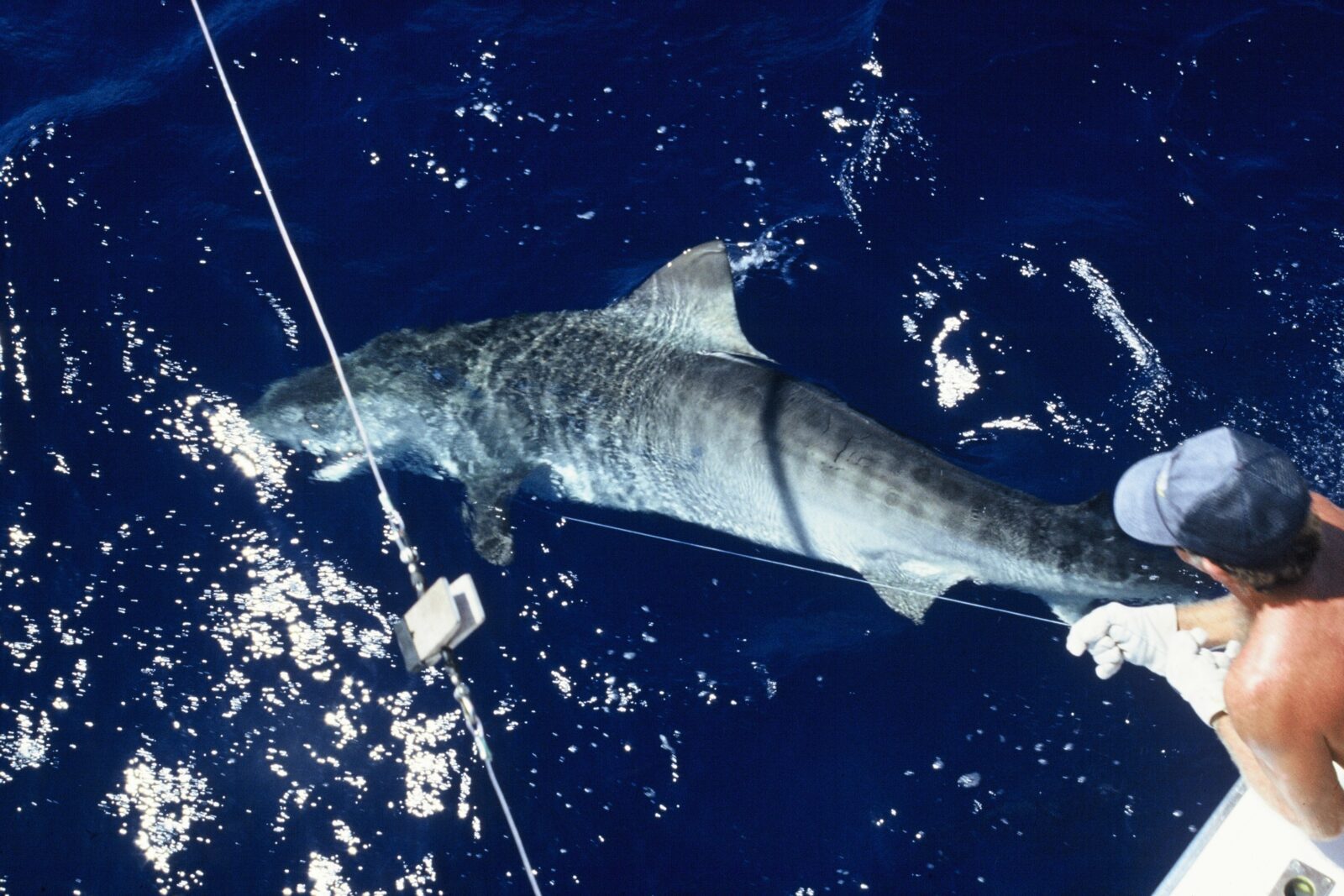
Both of these guys had joined the Under-Water Wire Man’s Club at some stage in their long and amazing fishing careers and survived to talk about it. Perry actually said to me he was the President of the Under-Water Wire Mans Club after taking quite a few nasty dips overboard?
As I had personally experienced what a heavy monofilament trace can do, I warn every new comer on the deck I talk to about it. It can stretch around a gloved hand or both hands under extreme pressure holding onto a big fish and completely lock-up solid. It’s not a good practice to ever take any more than two wraps on either gloved hand with this stuff and you’ll have a good chance to dump it when you need to?
Quite a few offshore fishermen these days around the world are using wind-on leaders when using long heavy monofilament traces to avoid the dangers of wrapping it and getting caught up? Wind-on’s can be handled in a lot different manner and can simply be grabbed and pulled up without taking any wraps. This is a much safer option and it helps the angler to wind the leader onto the reel.
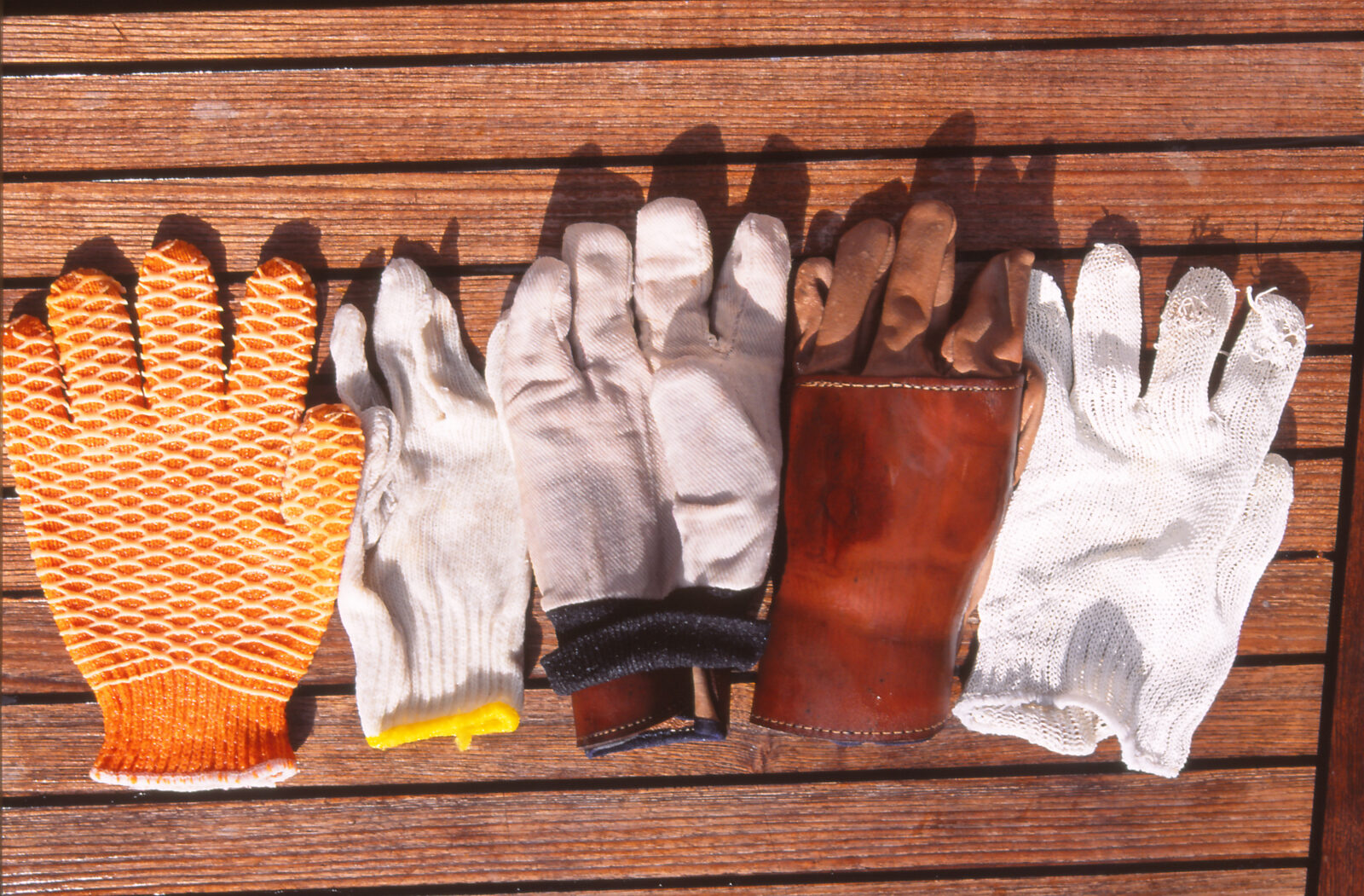
WIRE TRACES
The other trace materiel that was very popular in the Cairns heavy tackle black marlin fishery for many years was the single strand .044 galvanised wire. Many deckies I know liked this wire as it had a breaking strain of around 400lbs and if the deckie had a bad wrap or tried to hold on it too long on a real animal black marlin when it was jumping away from the boat, it would break!
When the Cairns marlin fishery changed over from using all J-hooks to circle hooks the single strand wire traces didn’t work all that well at all. It just wasn’t flexible enough to allow for the correct procedure needed to make circle hooks work their magic and end up in the corner of the marlins jaw. Everyone using these circle hooks eventually switched over to heavy monofilament traces and some deckies even started using long wind-on leaders for the first time ever in the Cairns fishery.
HEAVY SHARK TRACES
In NSW where a lot of shark fishing is very popular the crews all use heavy cable wire traces and this stuff is totally unbreakable by hand. Over all the years when I was crazy, or stupid enough about shark fishing, I had to handle these long cable traces many times. We always used the maximin length traces allowed in the IGFA tackle rules on the particular line-class we were using also. This meant on the popular 30lb and 50lb stand-up tackle we could use up to 30-feet of wire and that length trace was hairy to handle?
What made it even worse was when we all started using the plastic-coated cable wire which was far more attractive for the sharks to bite on, but not as easy for any deckhand to hang on to. The fact it had been in the water amongst all the slimy berley often meant this materiel would get quite slippery to handle and was very dangerous. A number of experienced guys I know who were all involved in targeting tiger sharks have been pulled overboard, but lived to talk about it?
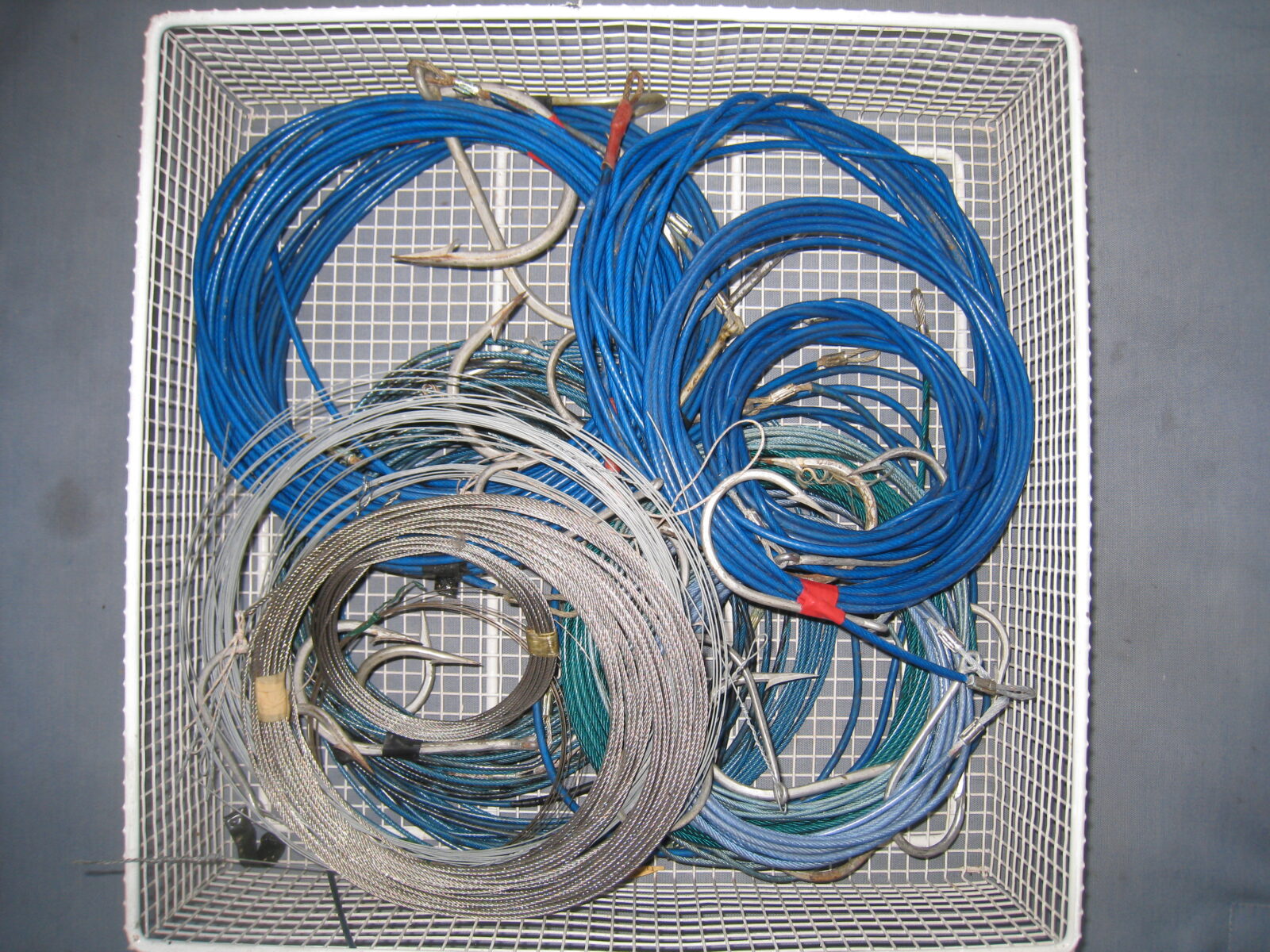
THE RIGHT GEAR
Any inexperienced deckhand wanting to trace any size fish should always be prepared with the right gear to protect himself from slipping on the deck and falling or damaging his hands. Good quality leather deck shoes are very important and any deckie should never, ever wear rubber thongs or flip-flops some people call them? They have no support or protection for the feet or toes, what so ever!
A good pair of leather gloves designed for tracing heavy materiel with a leather backing to protect the back of the hands are also a must. When tracing any leader materiel most deckies like to use an outer glove over their leather ones just for a much better grip.
These outers can be anything from simple plain cotton gardening gloves or the basic Seahorse brand, Non-slip nylon gloves with the fingers cut-out are very popular. Some deckies I saw in Cairns were even using thin, soft suede outer gloves for a better grip on wire and monofilament. When the focus is only on using wind-on leaders most deckies will just use the non-slip nylon gloves because they don’t need to take any wraps. (Like in the photo)
A leather belt holding a sharp knife and a special monofilament line slicing tool is also very important in case someone gets into trouble. One of these line cutters should also be handy on the deck somewhere for any other deckhand or anglers to use in case there is a problem or the fish just needs to be cut off. When using all wire traces a good pair of quality sharp wire cutters need to be on the deckies belt as well as a pair handy on the deck so any other crewman or angler can use if need be?
FOOTNOTE
As mentioned, one of the real dangers of game fishing is a crewman grabbing hold of the trace (leader) attached to a big fish and the worst trace material to handle is the heavy cable wire we use for big sharks. Unfortunately, this was the wire trace the Port Hacking Game Fishing Club member Paul Barning was handling when he was tragically pulled out of his vessel Dark Horse during the
NSW Interclub Tournament at Port Stephens recently. Barning loved his shark fishing and he was very good at it and knew the dangers of handling these big animals. This terrible accident though should be a reminder to all game fishermen to never underestimate the power of handling any big game fish. At the time of the accident, Barning was dealing with the wildest shark of them all, an unpredictable Mako. He was never found and is sadly missed by all who knew him.





